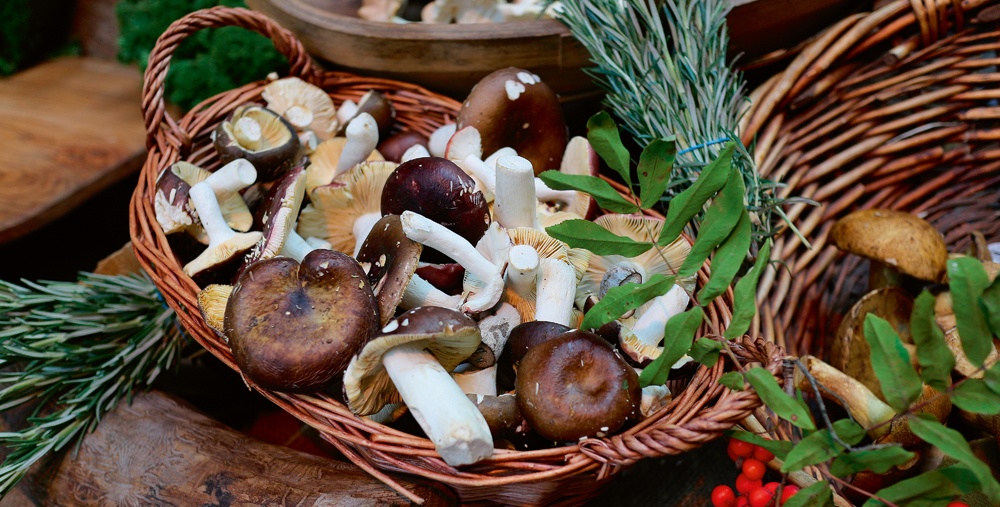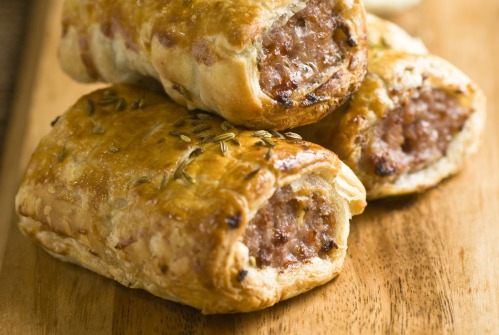Forest Feast - Foraging

Foraging is not as weird or as difficult as you might think. In fact, you’ve almost certainly foraged before, and you’ve probably been doing it since you were a child, whether it’s picking blackberries to make homemade jam or plucking an apple from a tree. Yes, it’s been out of fashion for a while, but now it’s back, and the basics remain the same.
There are plenty of places to do it, and at this time of year the easiest (and most common) foraging is for berries such as blackberries, elderberries and mulberries, all of which are great if you want to make crumbles, jams and preserves.
There are also all kinds of nuts to find: sweet chestnuts, hazelnuts and walnuts can be found in the hedgerows and woods in the autumn months. They are delicious roasted, added to a salad, or in all kinds of stews.
Although berries and nuts are usually easier to spot, many edible plants go unnoticed. Wild greens, when plucked fresh from the earth, are more nutritious and tastier than supermarket leaves because they grow more slowly than when mass produced, but make sure you take a book to help identify the correct ones.
Chickweed is great for salads. It’s a tenacious weed found in gardens and anywhere that’s moist. In winter, the leaves can be plucked and eaten raw in a salad. It tastes fabulous with rocket, and is filled of vitamin C and B. Another weed makes great tea: nettles. It’s got many health-boosting properties and won’t sting you once it’s been boiled.
Wild garlic is abundant as early as January. Similar to regular garlic, but with a more delicate flavour, to identify it in the wild, first smell the plant as it should give off a garlic smell. The leaves of the plant can be eaten raw or cooked, so just use pruning shears to trim them off rather than pulling the bulb from the soil. It has numerous health benefits including helping lower cholesterol.
Mushroom foraging is not to be done on a whim. There are lots of poisonous mushrooms, and sometimes it can be difficult to tell the difference between delicious or deadly. A wild mushroom should never be eaten unless its type is known. The best way to get into mushroom foraging is on a fungi course or a guided walk with an expert.
Remember to forage responsibly. Don’t over-harvest an area so that it’s left bare, but do give it a go, you’ll be surprised by the feast lurking underneath your feet.
Tips for foraging
- Take a basket and pruning shears with you on your walk
- Ask permission before foraging on private land
- Never strip an area bare of produce
- Pick easily identifiable produce until you are more familiar with different species
- Avoid foraging in polluted areas (like the roadside)
- Always wash produce before you eat it
Forage Fun
Taste the Wild
Helperby, North Yorkshire 07914 290083 www.tastethewild.co.uk




